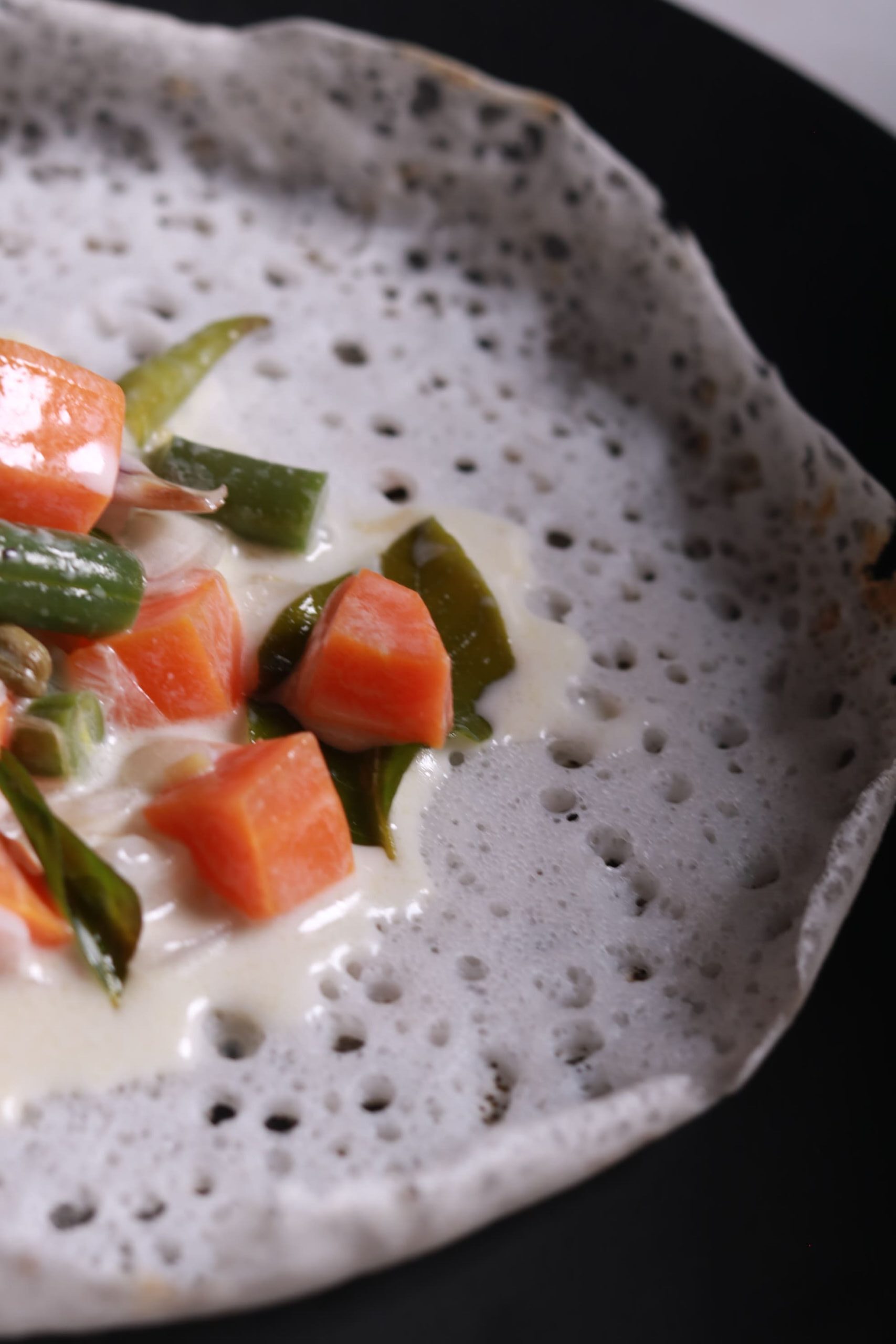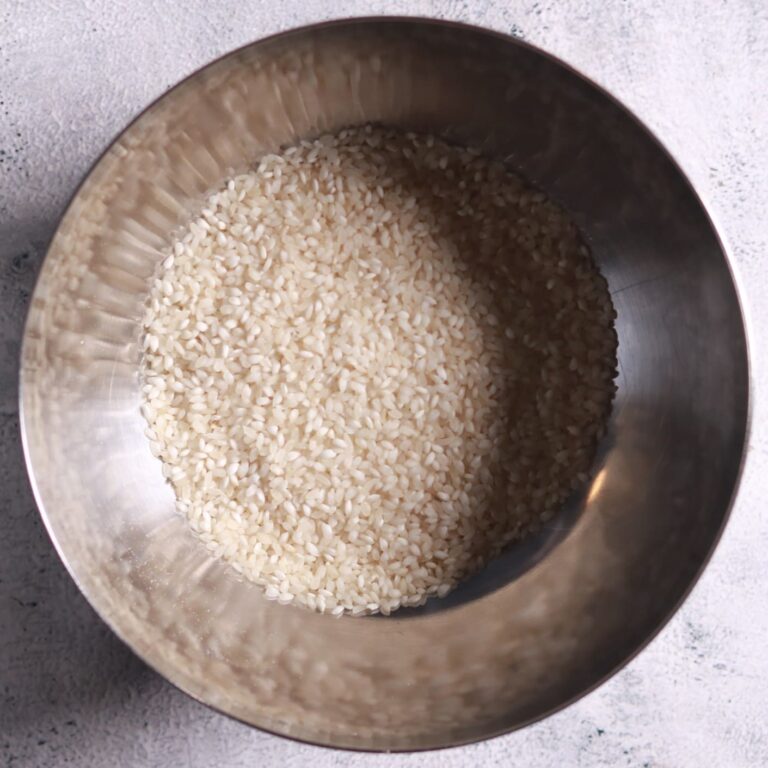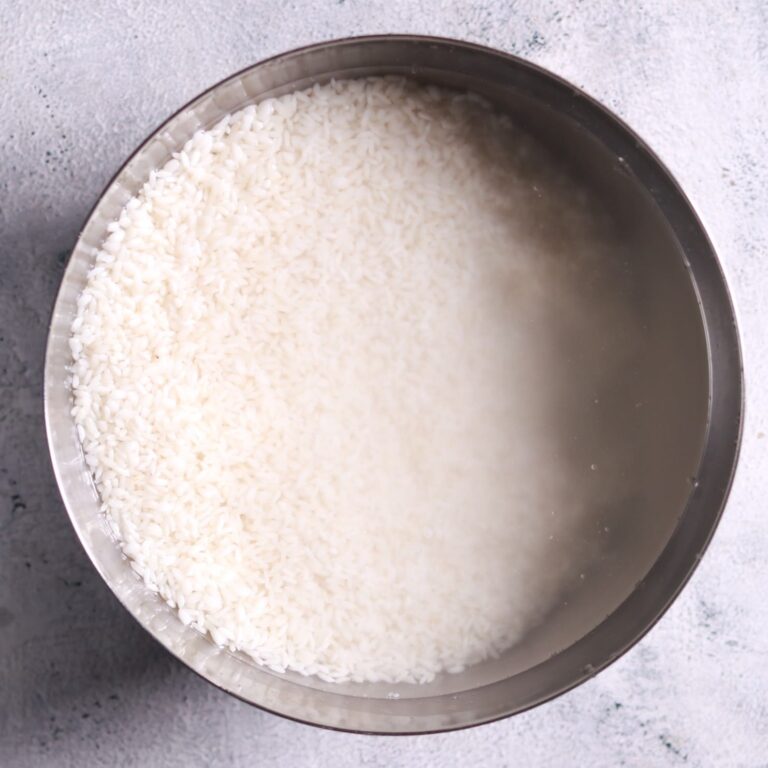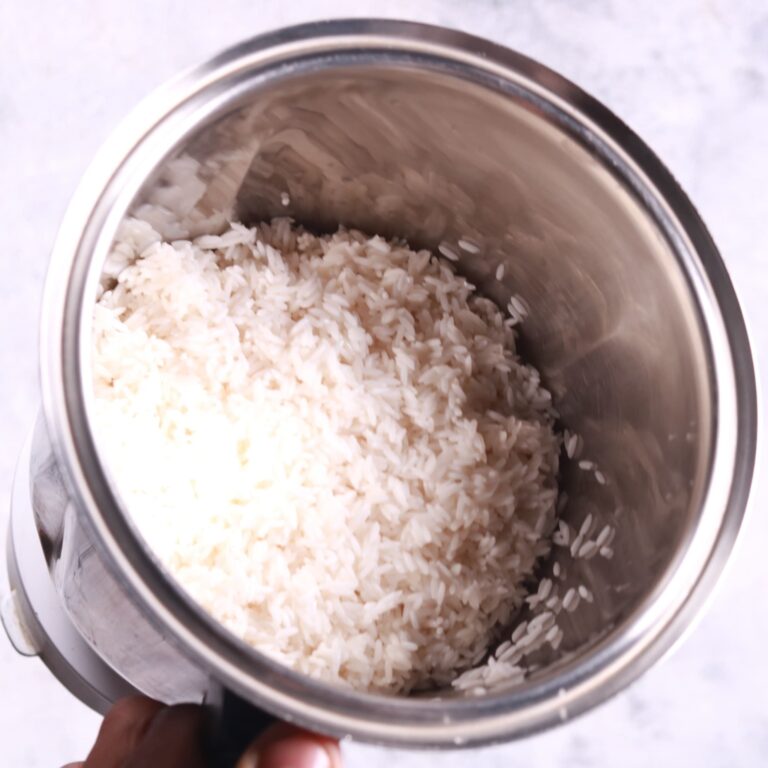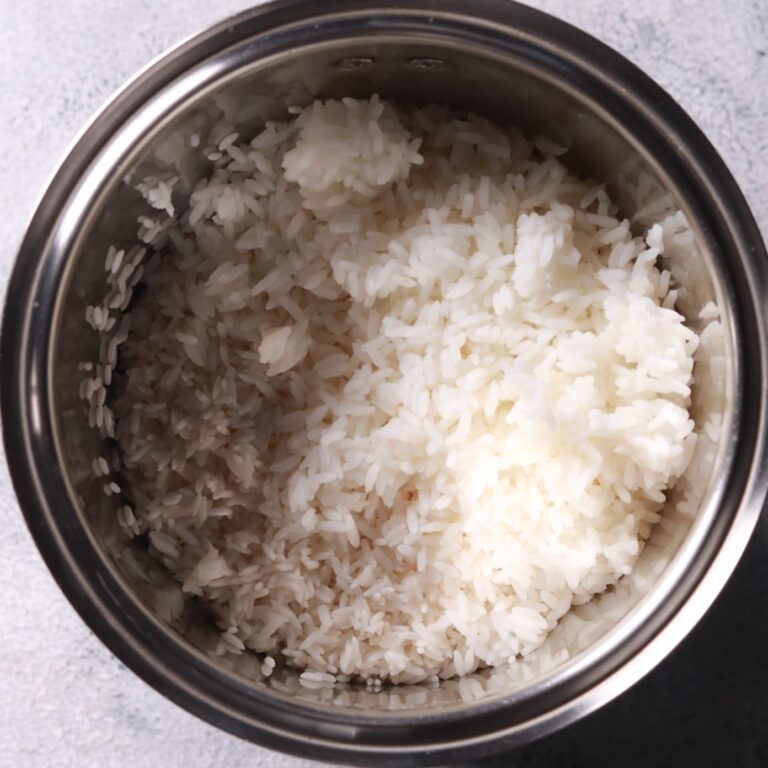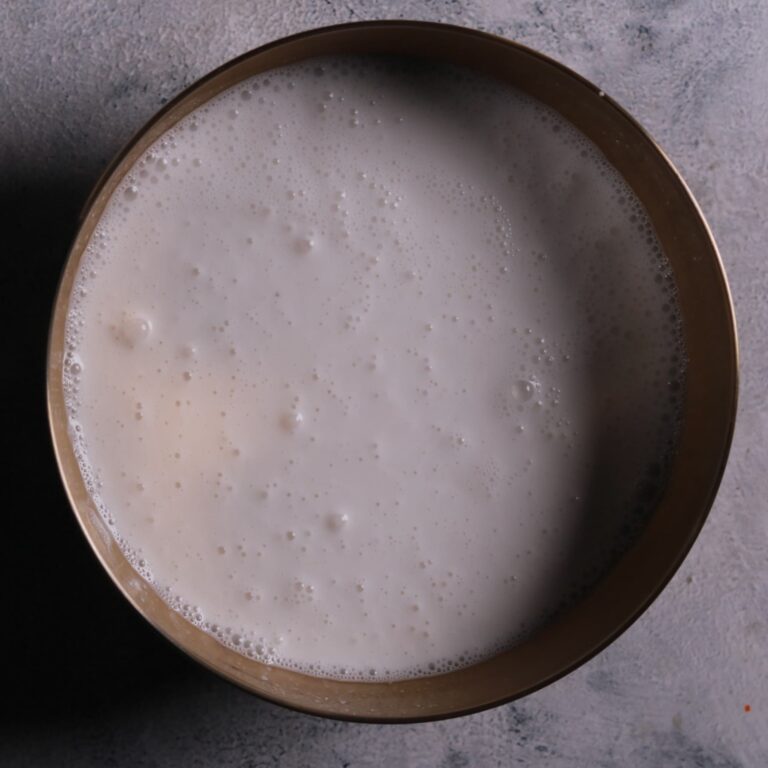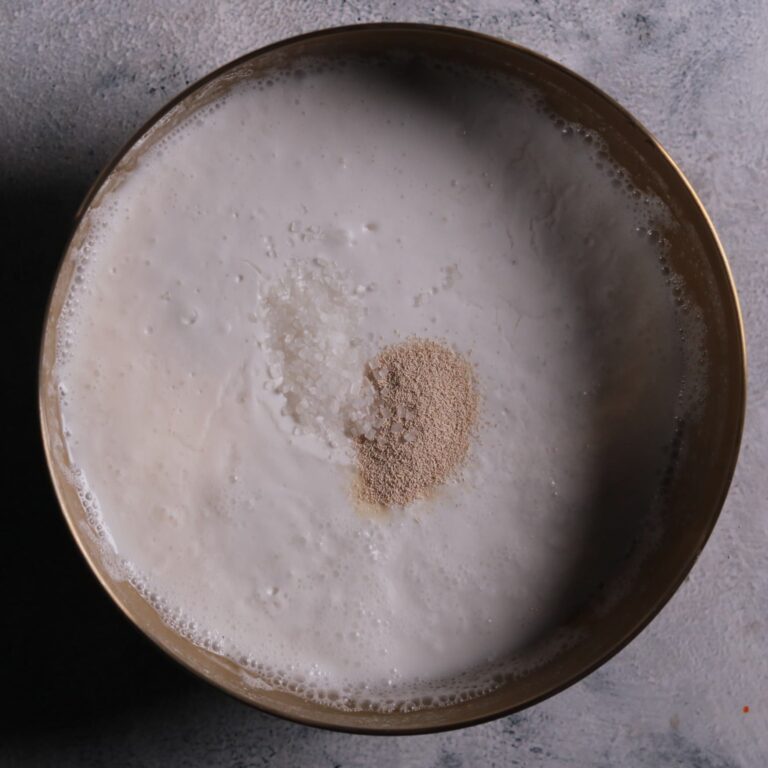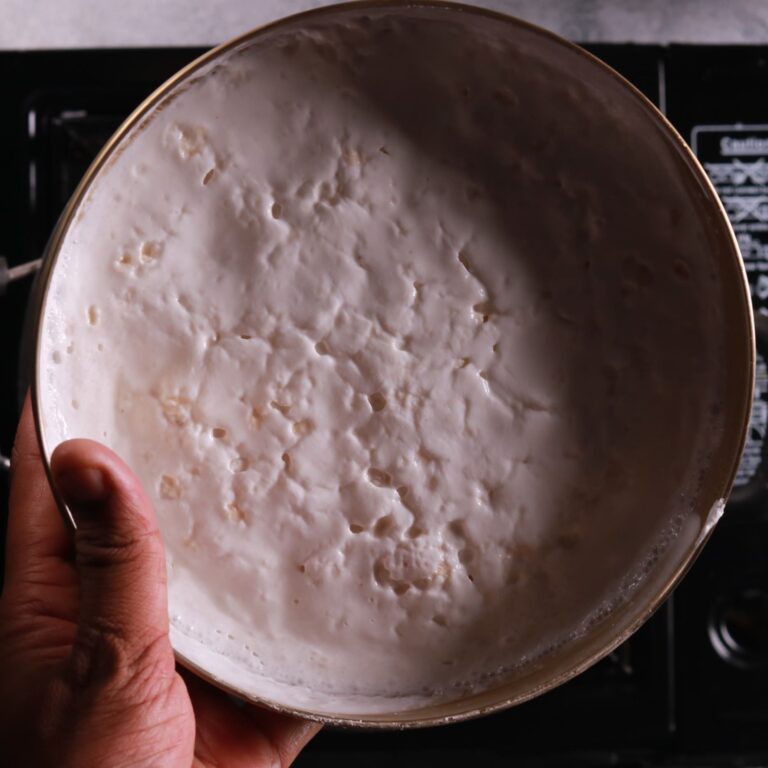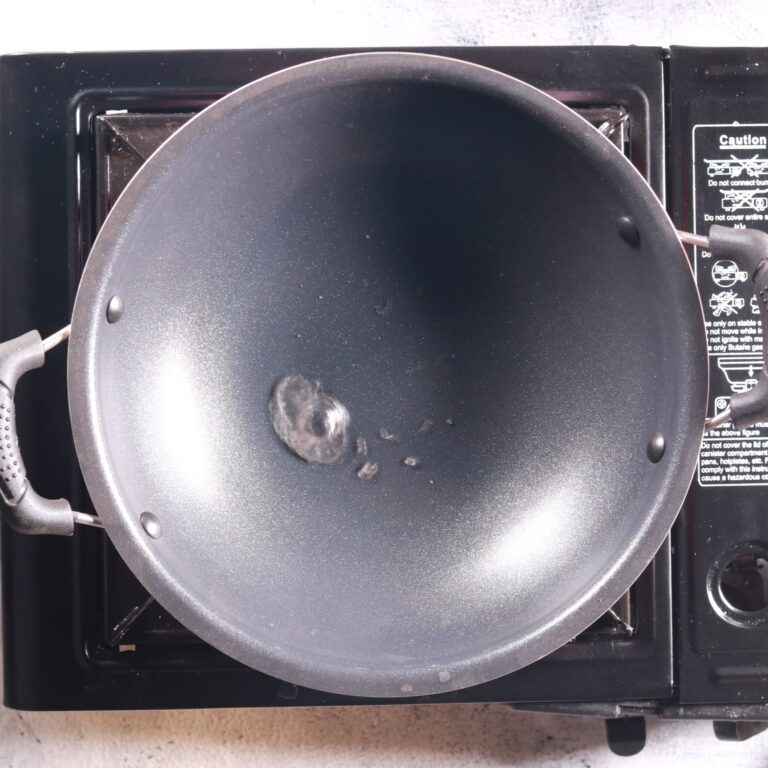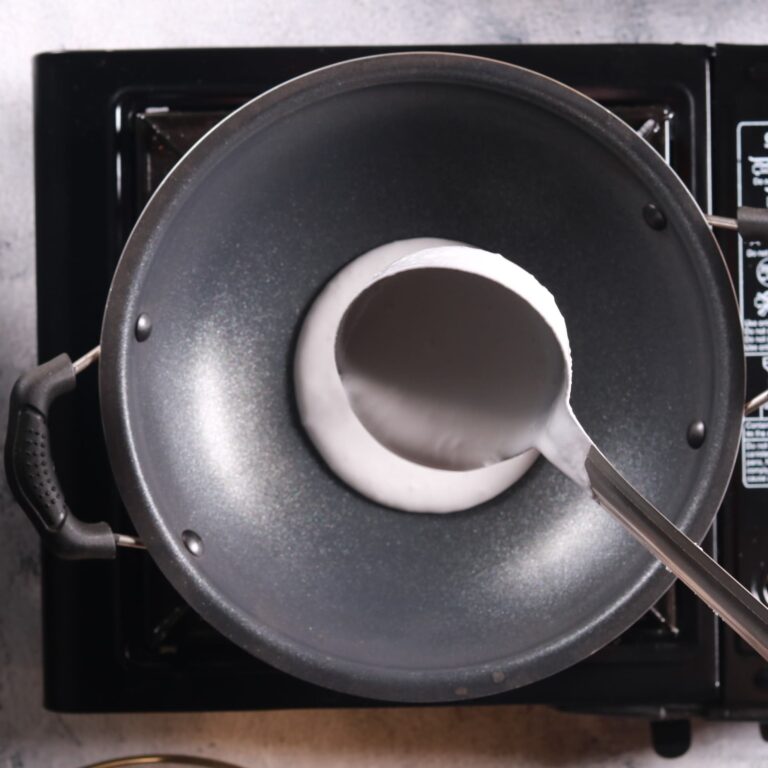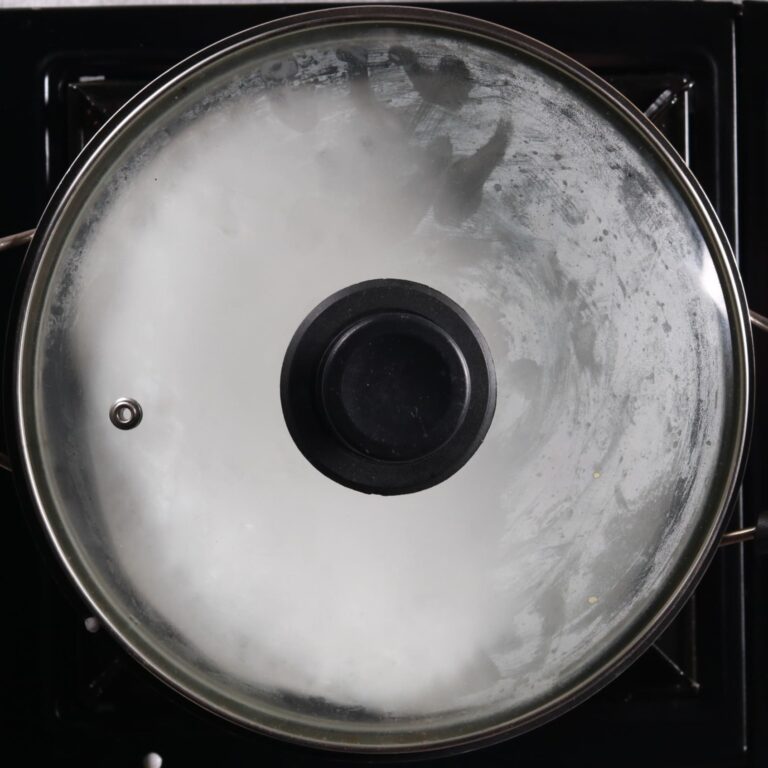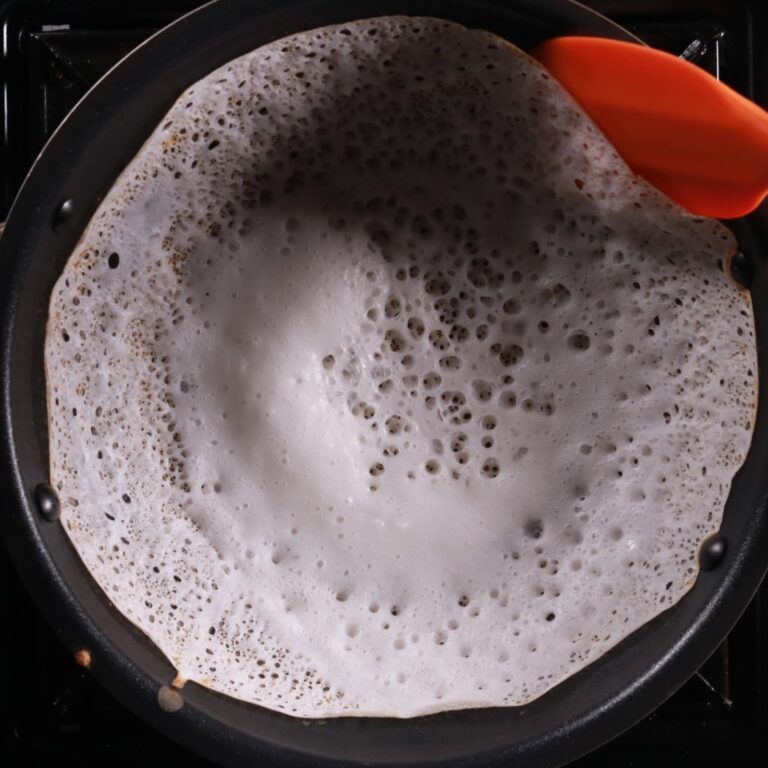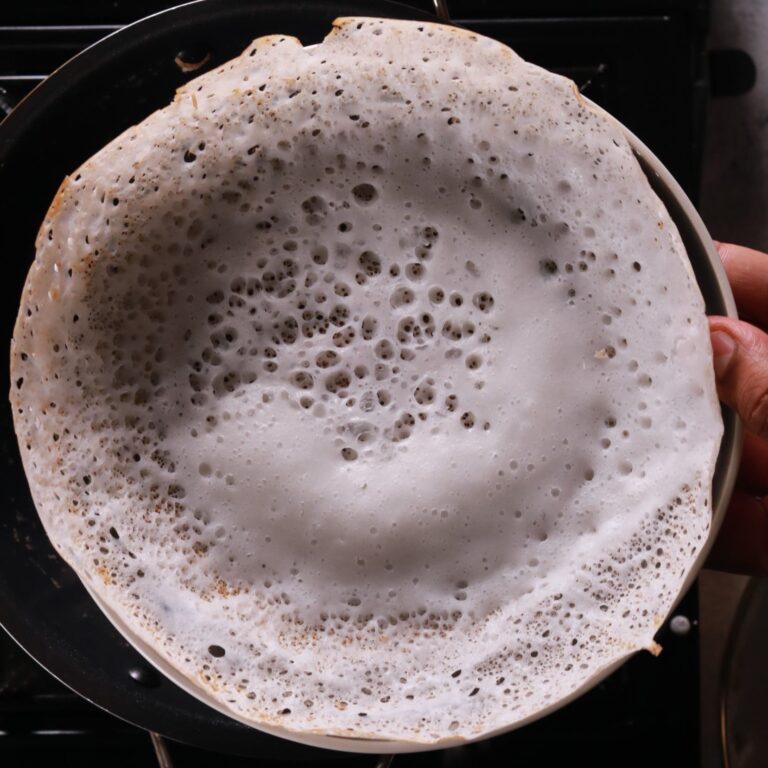Servings:
Ingredients
- 200 g raw rice approx. 2 cups
- 2 handfuls cooked rice about ½ cup, any plain white rice
- 2 cups water grinding plus more for soaking
- 1 tbsp sugar
- 1 tsp dry yeast
- 1 tsp salt
Instructions
- Wash the raw rice thoroughly 2–3 times under running water.
- Soak the rice in enough water to cover for at least 6 hours.
- Drain the soaked rice. In a blender or wet grinder.
- Add the soaked raw rice, cooked rice, and 2 cups of water. Grind until you get a smooth, pourable batter.
- Pour the batter into a large mixing bowl.
- Add the sugar and dry yeast. Mix well to combine. Cover the bowl and let the batter ferment in a warm place (around 35°C / 95°F) for 6 hours, or until bubbly and slightly risen.
- Once fermented, add salt to the batter and stir gently to combine.
- Heat an appam pan (or a non-stick skillet) over medium heat. Lightly grease with oil if needed.
- Pour a ladleful of batter into the center of the pan.
- Immediately swirl the pan in a circular motion so the batter spreads out into a thin layer with a slightly thicker center.
- Cover the pan with a lid. Cook on low heat for 2–3 minutes, or until the edges are crisp and lacy, and the center is soft and cooked through.
- The appam should release easily from the pan. Remove the appam carefully with a spatula.
- Serve hot , immediately with coconut milk, vegetable stew, or kadala curry.
Notes
Notes & Tips
Rice: Use any short or medium-grain raw rice. Avoid parboiled or basmati rice for authentic texture. Yeast Substitute: If you prefer a natural ferment, skip the yeast and ferment the batter overnight (8–10 hours), especially in warm climates. Batter Consistency: The batter should be thinner than dosa batter, almost like pancake batter. Add a little more water if needed after fermentation. Storage: Fermented batter can be stored in the fridge for up to 2 days. Bring to room temperature before cooking. Visual Cue: The appam is ready when the edges are golden and crisp, and the center looks set and spongy. Enjoy making these light, airy appams at home! They’re perfect for breakfast or brunch, and pair beautifully with both sweet and savory accompaniments.
Rice: Use any short or medium-grain raw rice. Avoid parboiled or basmati rice for authentic texture. Yeast Substitute: If you prefer a natural ferment, skip the yeast and ferment the batter overnight (8–10 hours), especially in warm climates. Batter Consistency: The batter should be thinner than dosa batter, almost like pancake batter. Add a little more water if needed after fermentation. Storage: Fermented batter can be stored in the fridge for up to 2 days. Bring to room temperature before cooking. Visual Cue: The appam is ready when the edges are golden and crisp, and the center looks set and spongy. Enjoy making these light, airy appams at home! They’re perfect for breakfast or brunch, and pair beautifully with both sweet and savory accompaniments.
Tried this recipe?Let us know how it was!
